
Filter News
Area of Research
- Advanced Manufacturing (1)
- Biological Systems (1)
- Biology and Environment (4)
- Clean Energy (30)
- Climate and Environmental Systems (2)
- Computational Biology (1)
- Energy Frontier Research Centers (1)
- Fuel Cycle Science and Technology (1)
- Fusion Energy (1)
- Materials (30)
- National Security (1)
- Neutron Science (19)
- Nuclear Science and Technology (10)
- Nuclear Systems Modeling, Simulation and Validation (1)
- Sensors and Controls (2)
- Supercomputing (18)
News Type
Date
News Topics
- 3-D Printing/Advanced Manufacturing (3)
- Advanced Reactors (1)
- Artificial Intelligence (1)
- Bioenergy (2)
- Biology (1)
- Biomedical (2)
- Climate Change (1)
- Composites (2)
- Computer Science (10)
- Cybersecurity (3)
- Energy Storage (1)
- Environment (1)
- Fusion (1)
- Grid (2)
- Isotopes (5)
- Materials Science (2)
- Microscopy (2)
- Molten Salt (1)
- Nanotechnology (3)
- Neutron Science (3)
- Nuclear Energy (4)
- Physics (4)
- Polymers (2)
- Quantum Science (2)
- Security (5)
- Space Exploration (1)
- Summit (2)
- Transportation (3)
Media Contacts
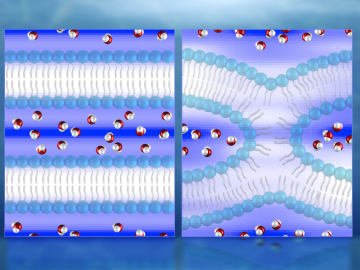
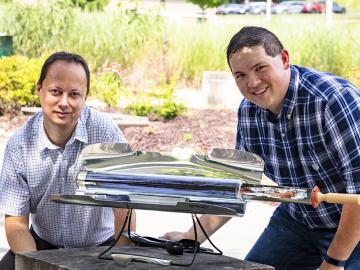
Chemists at the Department of Energy’s Oak Ridge National Laboratory have demonstrated a practical, energy-efficient method of capturing carbon dioxide (CO2) directly from air. They report their findings in Nature Energy. If deployed at large scale and coupled to geo...
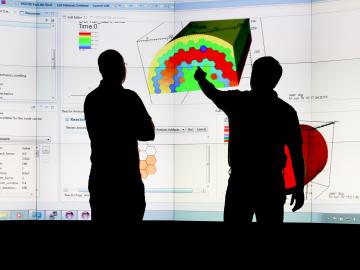

The United Kingdom’s National Nuclear Laboratory and the U.S. Department of Energy’s Oak Ridge National Laboratory have agreed to cooperate on a wide range of nuclear energy research and development efforts that leverage both organizations’ unique expertise and capabilities.

Lithium-ion batteries commonly used in consumer electronics are notorious for bursting into flame when damaged or improperly packaged. These incidents occasionally have grave consequences, including burns, house fires and at least one plane crash.

Scientists at the Department of Energy’s Oak Ridge National Laboratory induced a two-dimensional material to cannibalize itself for atomic “building blocks” from which stable structures formed. The findings, reported in Nature Communications, provide insights that ...

The next cohort of Innovation Crossroads fellows at Oak Ridge National Laboratory will receive support from the U.S. Department of Energy’s Advanced Manufacturing Office (AMO) and the Tennessee Valley Authority (TVA). Officials made the announcement today at th...
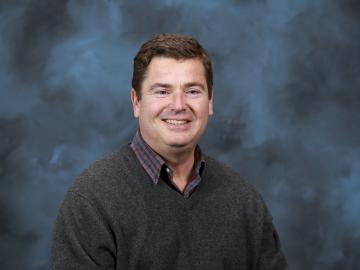
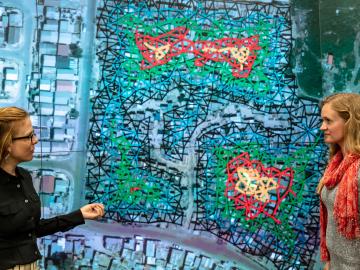
New mathematical models developed by the Department of Energy’s Oak Ridge National Laboratory with collaborators at Sam Houston State University and the University of Chicago can help guide changes to the layout of poor urban neighborhoods

Long-haul tractor trailers, often referred to as “18-wheelers,” transport everything from household goods to supermarket foodstuffs across the United States every year. According to the Bureau of Transportation Statistics, these trucks moved more than 10 billion tons of goods—70.6 ...


